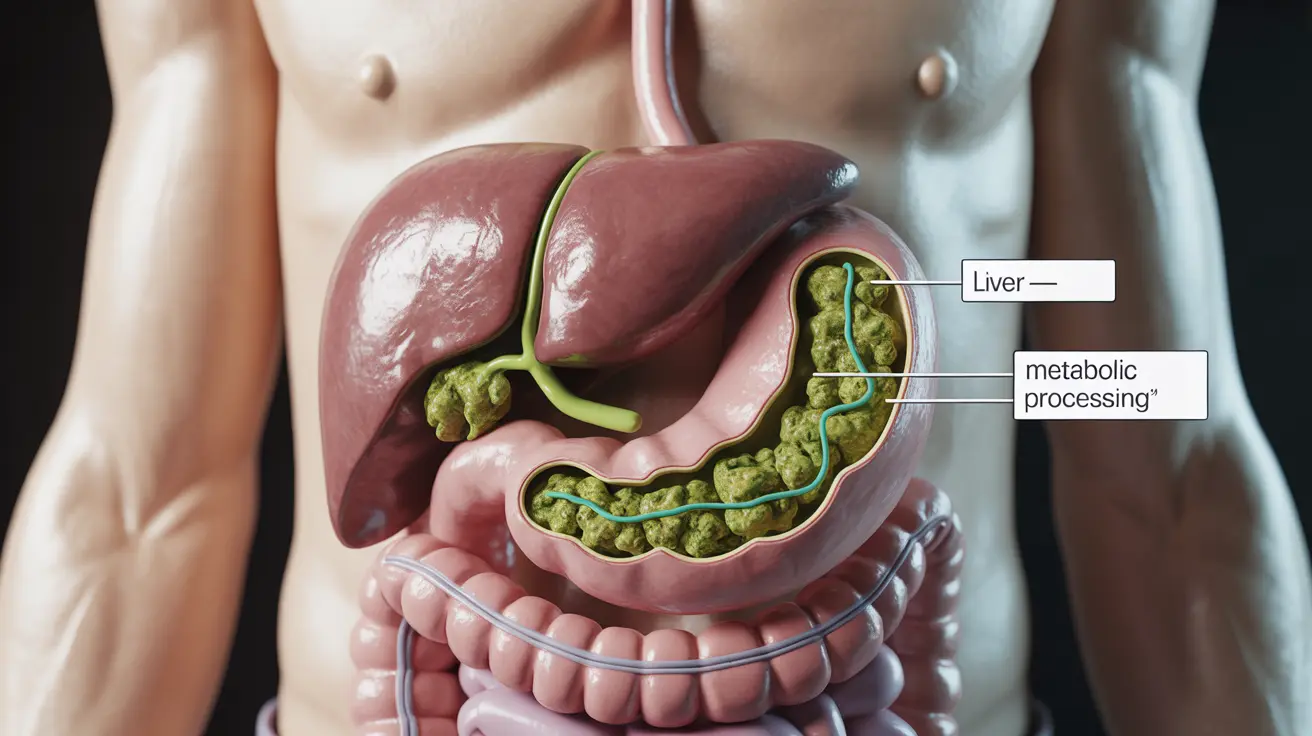Diaper rash is a common skin condition that affects many infants and can cause significant discomfort for both babies and concerned parents. This irritating skin rash typically appears in the diaper area and can range from mild redness to more severe inflammation. Understanding its causes, symptoms, and treatment options is crucial for maintaining your baby's skin health and comfort.
While diaper rash is generally not serious, proper identification and management are essential for preventing complications and ensuring your baby's well-being. This comprehensive guide will help you recognize, treat, and prevent different types of diaper rash effectively.
Understanding Different Types of Diaper Rash
Diaper rash can manifest in several forms, each with distinct characteristics and requiring specific treatment approaches:
Irritant Dermatitis
The most common type of diaper rash occurs when sensitive skin becomes irritated by prolonged exposure to wet or soiled diapers. This skin rash typically appears as red, tender areas on areas that contact the diaper directly.
Yeast Infections
Candidal diaper rash presents as bright red patches with distinct raised borders, often with smaller red spots around the main area. This type of rash typically develops in warm, moist environments where yeast can thrive.
Bacterial Infections
Less common but more serious, bacterial diaper rash may appear as yellow crusting, oozing, or small pimples. This type requires prompt medical attention and possibly antibiotic treatment.
Identifying Symptoms and Warning Signs
Common signs of diaper rash include:
- Redness and warmth in the diaper area
- Skin that appears tight, shiny, or slightly swollen
- Fussiness during diaper changes
- Discomfort during washing or wiping
- Small bumps or blisters in affected areas
More severe symptoms requiring medical attention include:
- Bleeding, oozing, or severely cracked skin
- Fever
- Rash spreading beyond the diaper area
- No improvement after several days of home treatment
Prevention Strategies
Implementing proper prevention measures can significantly reduce the occurrence of diaper rash:
Diaper Change Best Practices
- Change diapers frequently
- Clean the area thoroughly but gently
- Allow skin to dry completely before putting on a new diaper
- Avoid overtightening diapers
Proper Skincare
Maintaining healthy skin involves:
- Using fragrance-free, gentle cleansers
- Applying protective barrier cream or ointment
- Choosing breathable diaper materials
- Giving baby regular diaper-free time
Treatment Approaches
When diaper rash occurs, several treatment options are available:
Home Care
- Gentle cleansing with warm water
- Application of over-the-counter zinc oxide creams
- Increased frequency of diaper changes
- Extended exposure to air when possible
Medical Interventions
For persistent or severe cases, medical treatments may include:
- Antifungal creams for yeast infections
- Mild hydrocortisone for inflammation
- Prescription medications for bacterial infections
Frequently Asked Questions
What are the common causes of diaper rash in babies?
Common causes include prolonged exposure to wet diapers, skin sensitivity to diaper materials, introduction of new foods, antibiotics, and yeast or bacterial infections. Changes in diet and digestive patterns can also contribute to increased risk.
How can I prevent diaper rash and keep my baby's skin healthy?
Prevention involves frequent diaper changes, gentle cleaning, allowing skin to dry completely, using barrier creams, and ensuring proper diaper fit. Regular diaper-free time and choosing breathable materials can also help maintain skin health.
What are the typical symptoms of diaper rash and when should I be concerned?
Typical symptoms include redness, warmth, and mild swelling in the diaper area. Seek medical attention if you notice severe redness, bleeding, fever, blisters, or if the rash persists despite home treatment for more than 3-4 days.
How is diaper rash treated at home, and when should I see a doctor?
Home treatment includes gentle cleaning, barrier creams, and frequent changes. Consult a doctor if the rash is severe, shows signs of infection, or doesn't improve with home care after several days.
What are the differences between irritant, yeast, and bacterial diaper rashes?
Irritant rash appears as general redness in areas touching the diaper. Yeast infections show bright red patches with defined borders and satellite spots. Bacterial rashes may have yellow crusting or pus-filled blisters and require medical treatment.




